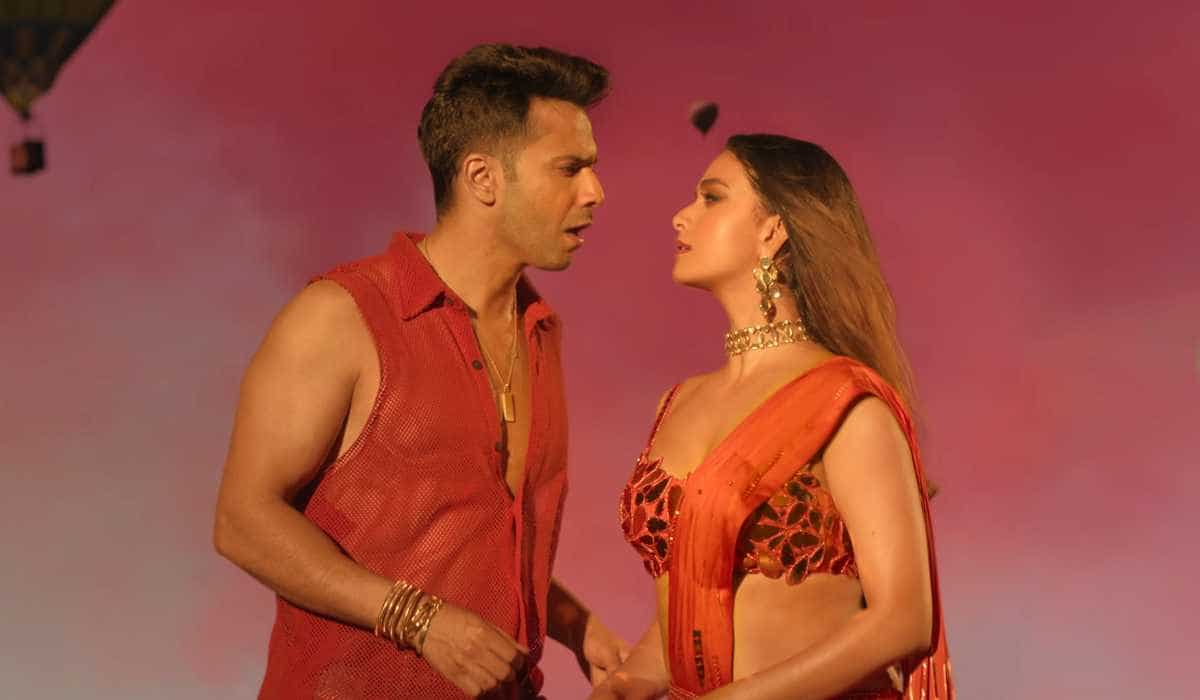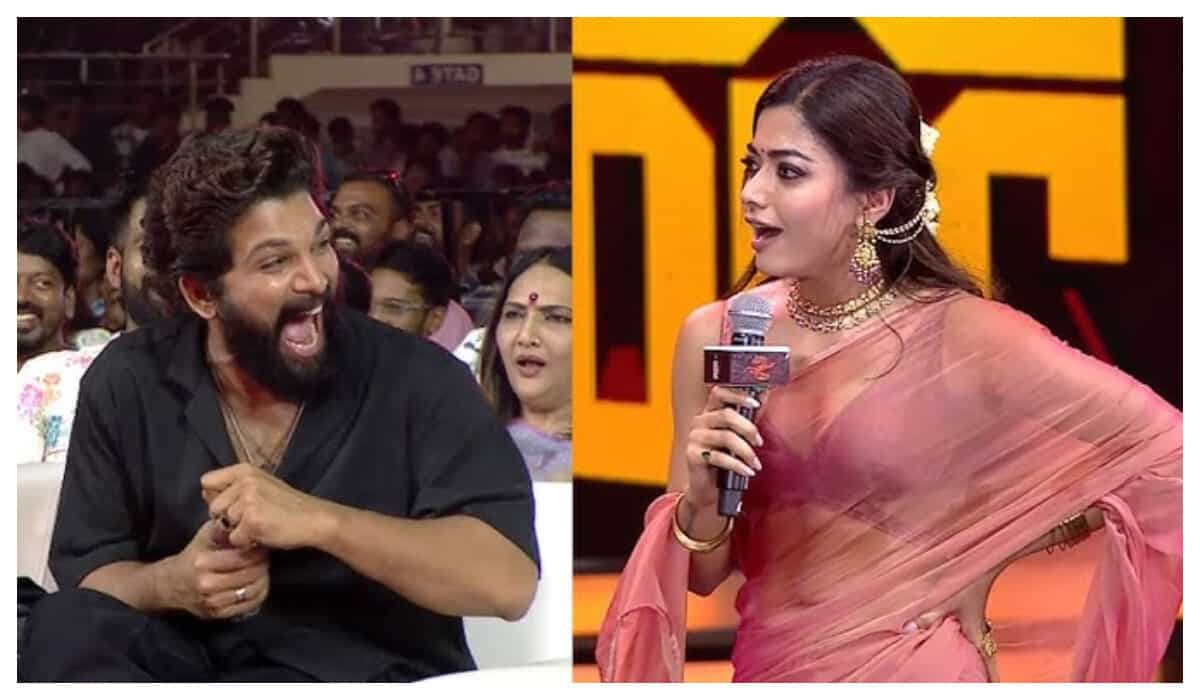
Rude Food by Vir Sanghvi: Stream, pause, taste, think
3 months ago | 38 Views
Until you actually go and see it up close, it is hard to understand how Copenhagen’s Noma, often regarded as the world’s most influential restaurant, is so different from other restaurants.
Yes, Noma has had three Michelin stars for years, it has topped the list of the World’s 50 Best Restaurants five times. Its chef Rene Redzepi is a global icon,made a brief recent appearance in The Bear and was a cheerful part of the Kyoto episode of Somebody Feed Phil, and, despite his reluctance to court personal publicity, is recognised by nearly every chef in the world.
The list of Redzepi protégés and former Noma employees is as celebrated as the roster of Ferran Adria’s EL Bulli alumni. No chef who still runs a restaurant has had anything like the influence Redzepi has had on food.

But Noma and Rene himself are fundamentally different from other restaurants and chefs. For a start, the focus is on ingredients, techniques, seasonality and flavour. There are no signature dishes. Every few months, the menu changes. No dish, no matter how popular, how influential or how famous, is ever repeated. Each menu reflects a theme. For instance, for several months each year, Noma will do a vegetable menu. This might be preceded by a seafood menu or a game menu. The food will be adventurous and daring, there will be no concessions to familiarity or comfort-eating.
Noma is also the most mobile and international of the world’s great restaurants. At a time when every famous chef wants to open dozens of restaurants all over the world, Redzepi has no real interest in turning Noma into an international brand.
And yet, Noma is more international than most of the world’s great restaurants. Several times over the last decade, Redzepi has shut the Copenhagen restaurant, taken most of his team and moved to another city. For several months, the Noma staff will create a new Noma in a different location. These are not pop-ups; this will be the real thing. Entire families will move, their children will go to local schools, scores of houses will be rented, and for the duration of that residency, that will be the only Noma in existence, serving a menu based on local ingredients.

Redzepi has, so far, taken Noma to Tokyo, Sydney, Mexico and Kyoto. (He liked Kyoto so much that Noma will do another residency there this autumn.) From 2025 onwards, Noma may only be about these residencies. (The Copenhagen original will close at some stage.)
It is hard enough to run a restaurant on this basis. But can Redzepi’s vision and the scale he requires ever be translated to a television show?
I thought it would be impossible. But incredibly, Redzepi has done just that with his Apple TV series Omnivore. (All episodes are now streaming.)
Nobody will provide any figures but this may be, on a per-episode basis, the most expensive food show ever made for TV. The crew shot in 16 countries across five continents for eight episodes. It used six directors, often from the countries they shot in. (The excellent episode on rice, which was largely shot in Kerala, was made by the young, award-winning Indian documentary director Rintu Thomas.) The crew was as large as the number of people normally required to make a feature film.
The money and the scale all show up on the screen. Redzepi has been talking about making the show for ten years, but because he would not compromise on his vision, it only became a reality when Apple agreed to make it on the scale that Redzepi wanted.

Redzepi partnered with the highly regarded food writer Matt Goulding, whose extensive global experience contributed massively to fleshing out Redzepi’s ideas. The problem, says Redzepi, is that many people expected him to do a great-chef-visits-foreign-countries-and-talks-to-admiring-locals kind of show. He wanted to be on camera for as little time as possible. In fact, he says, he wanted a guarantee from Apple that he would not be on air for more than three minutes per episode. He wanted it to be a show that reflected his interests and his vision.
Eventually, they came to a very Noma-like compromise. Just as every dish at Noma (and every menu, certainly) is different but still reflects Redzepi’s ideas, Omnivore is united by the vision rather than its format. No two episodes are alike. For instance, a fascinating episode on the global rise of bluefin tuna has Redzepi on camera at Tokyo’s Sushi Saito restaurant. But while the tuna episode provides a historical perspective, another episode on the famous black leg pigs of Spain (and one pig, called Anton, in particular) is like a mini-movie and Redzepi does not appear on the screen at all.
It’s a little like eating at Noma, where you may or may not see Redzepi (and if you do, it will only be a brief appearance), but you know that the whole experience has emerged out of his head.

I don’t want to include any spoilers, but I can tell you what some of the episodes deal with. One is the story of the banana. While we are used to a variety of bananas in India, in most of the Western world, one variety, the Cavendish, has something like 99 per cent of the market. Omnivore explains how this happened (think colonialism and global capitalism, banana republics and cheap labour) and focuses on a brave Indian banana farmer who is preserving our tradition of thousands of banana varieties.
Another deals with coffee, which came from Yemen to India and then went all over the world. If you have ever wondered why coffee can be so expensive and also so cheap, depending on which kind you buy, Omnivore explains how that works.
All of this is shot in a cinematic style —Redzepi says he wanted the look of the big nature documentaries made by the likes of David Attenborough — and Omnivore is a visually glorious show. Whether it is a street food stall in Bangkok, a huge corn farm in the American Midwest or a train compartment in India, they are all shot with the same level of care and attention to detail.
Redzepi and Goulding both have strong views on the industrialisation of food production, but the show is restrained in pushing forward an ideological perspective. Redzepi says that he spent many hours with Goulding discussing each part of each script, thinking carefully about every phrase in the narration. Often, it was obvious what stand the show had to take: How can you advocate poor-quality coffee grown by exploiting African workers instead of high-quality coffee made by growers who get a fair deal? And yet, the show doesn’t ever explicitly say where its makers stand.

Redzepi says they were very clear that they were not going to preach. Food may be the most important thing in the world, and how it is produced, grown and distributed has grave consequences for all of us. But Omnivore takes the line that viewers are smart enough to see that for themselves. There is no talking down and no lecturing. The stories are the message.
I asked Redzepi about his voice-overs, which are perfect: A difficult feat to pull off for a man who has no experience of making a TV show . He said that he found it incredibly difficult at first to hit the right tone while recording, until it all finally fell into place. Then it came naturally. It probably helped, he says, that he refused to feel any pressure about the show, knowing that even if it failed, he could still go back to the kitchen and to his day job.
So, will there be a Season 2? Redzepi will not comment. But I hope there will be. This is too good a show to be restricted to just one season. There are many stories still waiting to be told. And many ingredients still left to explore.
Read Also: 6 easy yoga poses to strengthen your lower body
#




















